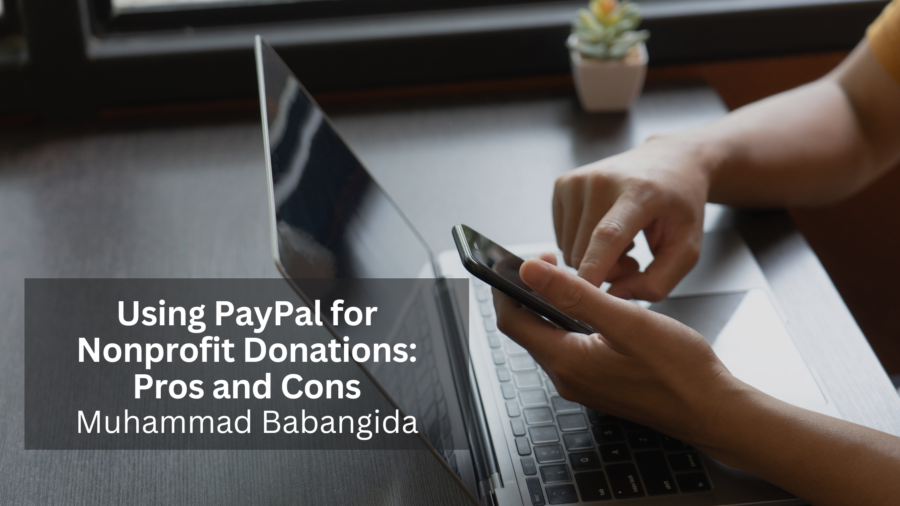Nonprofit work is rewarding. You get to see the direct impact your team has on the community, making a real difference in people’s lives. But let’s face it, the long hours, demanding goals, and limited resources can take a toll. So, how do you keep your team motivated, enthusiastic, and feeling valued? Here are some tips to build an engaged team at your nonprofit:
- Mission Matters: Remind Them Why They’re Here
In the daily grind, it’s easy to lose sight of the bigger picture. Regularly remind your team of the organization’s mission and the positive change they’re creating. Share stories of beneficiaries, highlight successes, and celebrate milestones. When people see the tangible results of their hard work, it reignites their passion and keeps them motivated.
- Let Them Own Their Work: Empowerment is Key
Micromanagement is the enemy of engagement. Trust your team members by giving them ownership of their projects. Involve them in decision-making and encourage them to take initiative. This fosters a sense of responsibility and allows them to use their skills and creativity to their full potential.
- Continuous Learning: Invest in Your People
Show your team you value their growth by providing opportunities for professional development. Offer workshops, conferences, or online courses related to their field. This not only benefits your organization by keeping your team’s skills sharp, but it also shows you’re invested in their long-term success.
- Recognition Rocks: Celebrate Achievements
A simple “thank you” goes a long way. Publicly acknowledge your team’s accomplishments, big or small. Maybe it’s a shout-out in a team meeting, a feature in a newsletter, or a personalized note. Recognition shows your team their hard work is appreciated and motivates them to keep striving.
- Teamwork Makes the Dream Work: Foster Collaboration
Nonprofit work can feel isolating at times. Create a collaborative environment where team members can bounce ideas off each other, support one another, and celebrate successes together. Organize team-building activities, encourage cross-departmental communication, and foster a sense of camaraderie.
- It’s Not All Work and No Play: Build a Positive Culture
A little fun goes a long way in boosting morale. Organize social events, team lunches, or volunteer outings. Encourage breaks, celebrate birthdays, and create opportunities for team members to connect outside of work. A positive and fun work environment leads to a happier and more engaged team.
- Feedback is a Two-Way Street: Open Communication is Key
Regularly check in with your team members. Ask for their feedback on projects, processes, and even your leadership style. An open and honest communication culture allows you to address concerns early on and identify areas for improvement. It also shows your team their opinions matter.
Building an engaged team at your nonprofit requires ongoing effort. By focusing on these tips, you can create a work environment where your team feels valued, motivated, and empowered to make a real difference. After all, a happy and engaged team is the foundation for a successful and impactful nonprofit organization.










